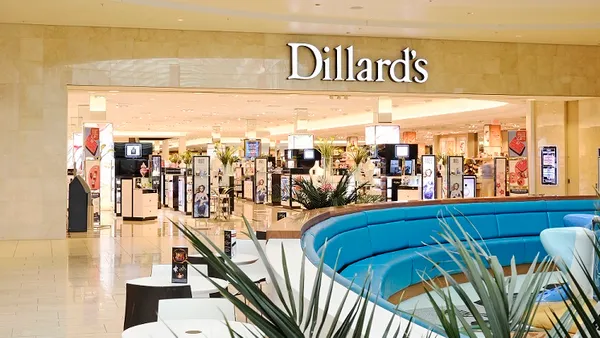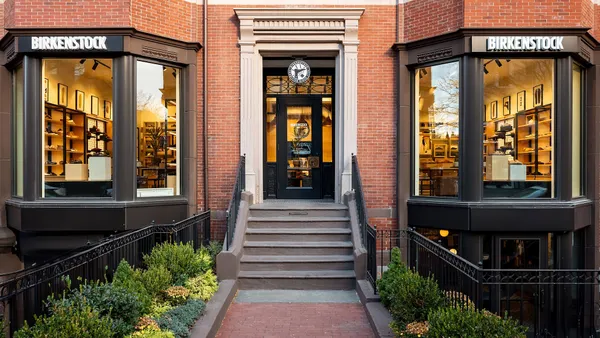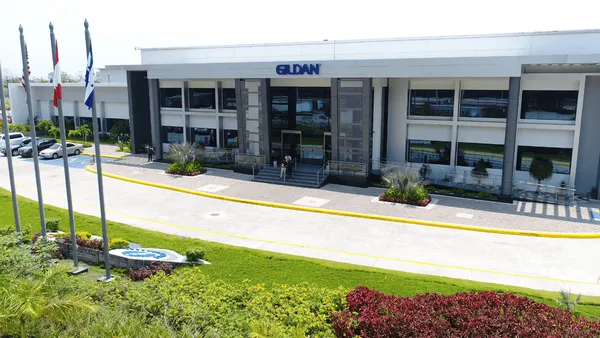Dive Brief:
- Since its acquisition by Amazon, Whole Foods Market has continued to show support for its relatively new 365 store concept. It has opened seven 365 by Whole Foods Market stores so far, and plans to open 16 more, according to its website.
- The new format was intended to be a lower-priced, higher-tech version of Whole Foods, based around the retailer's 365 store brand, with stronger appeal to young consumers like millennials, reported the Austin American-Statesman.
- With the Amazon deal came lower prices and more technology at Whole Foods, raising questions about the mission of 365. Additionally, the success of 365 stores has been spotty so far. One of the earliest locations, in Bellevue, Washington, shuttered last year before a judge ordered it remain open.
Dive Insight:
When Amazon bought Whole Foods Market last year, it was a ray of sunshine for a troubled retailer, and since the acquisition, traffic has been up despite some recent execution issues. But the forecast for Whole Foods' fledgling 365 banner has been mostly cloudy.
"The 365 stores were pitched to try and mitigate the Whole Foods 'whole paycheck' reputation. It's been a mixed bag result so far," Neil Stern, a consultant with McMillan/Doolittle, told the Austin American Statesman. "And now, you have a new owner that might have different ideas to what they want to do."
Some 365 locations have done well in places like Los Angeles. But one in Washington was closed because of problems with performance and location before a court ordered it to reopen due to a lease agreement violation.
Amazon has focused on improving operations at Whole Foods while also improving its price perception and its use of technology — things 365 was supposed to do for the chain. The e-tailer has been selling 365 brand products on its website.
Given all of this, does Amazon really need its 365 banner? While 365 represents some redundancies for Whole Foods under Amazon ownership, the format does address discount operators like Aldi and Lidl, which also offer a low-price, private-label focused experience. The stores also help the companies fit into dense urban markets, where space is at a premium and operation costs are high. With Amazon set to further leverage Whole Foods' stores as delivery and pickup depots, the smaller 365 locations also work very nicely with that format.
Whole Foods has said it has no immediate plans to end or alter the store concept, and new 365 stores continue to open. There are now seven and there are 16 more listed on the company's website. A new store in Brooklyn, New York, that opened in January received rave reviews.
One of the big issues driving the launch of 365 was competition and, specifically, competitive pricing. Trader Joe's, with its focus on store brands, is often mentioned as the format's main adversary. No-frills Aldi (a corporate cousin to Trader Joe's) is also a private label and low-price leader, and has been expanding with organics.
Price checks by bloggers indicate that Trader Joe's and Aldi still have a price advantage over 365. The Kitchn reported last summer that "Trader Joe's wins in general" although "it's not a total runaway win for TJ's" and "365 has some bargains and very nice produce." The site did price comparisons and found Aldi's non-organic products to be 50% less expensive than 365, while Aldi Organics were about 25% cheaper.
365 may have some work to do on the pricing front, but its value messaging does seem to be hitting home with consumers. That's vitally important in a price-focused industry, and it could make 365 stores a growth engine for Whole Foods in the years to come.











